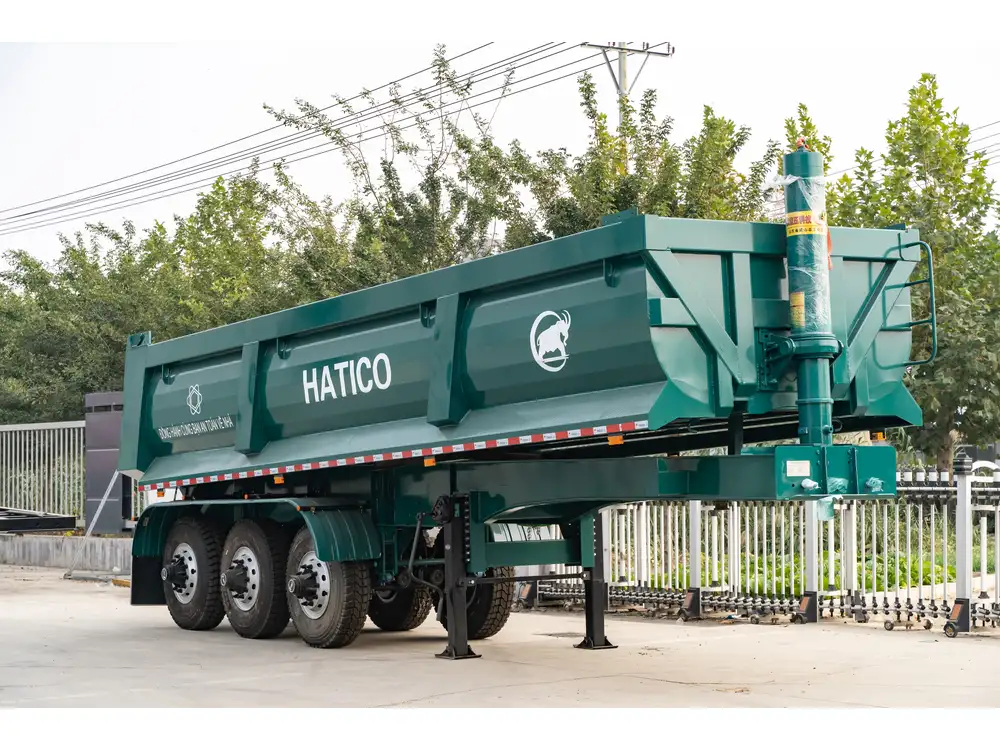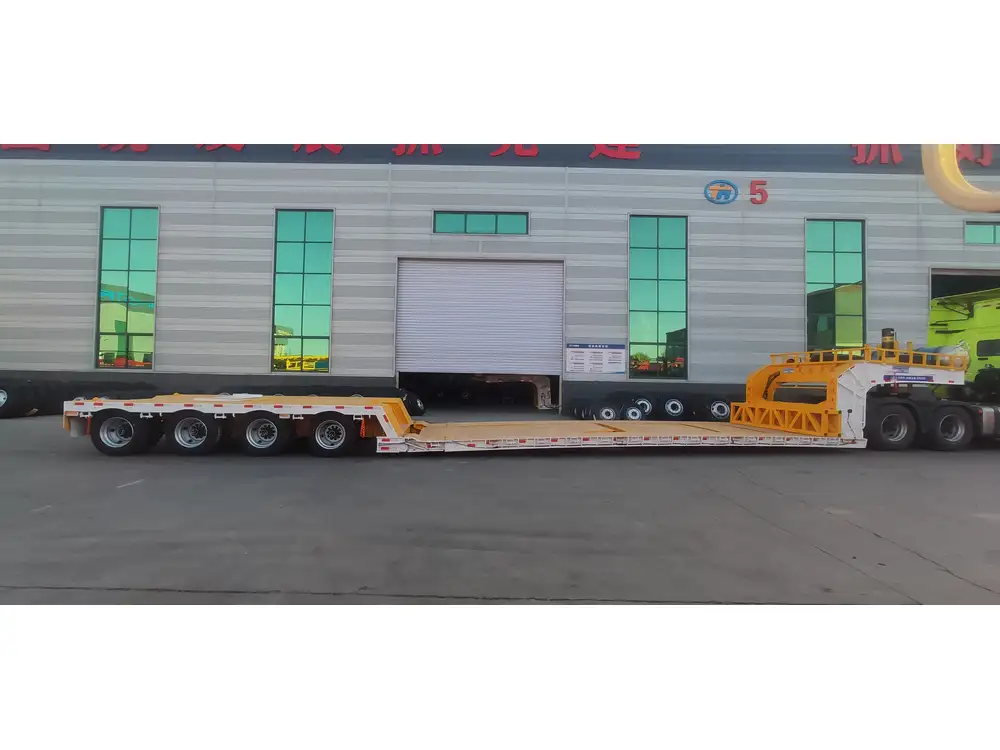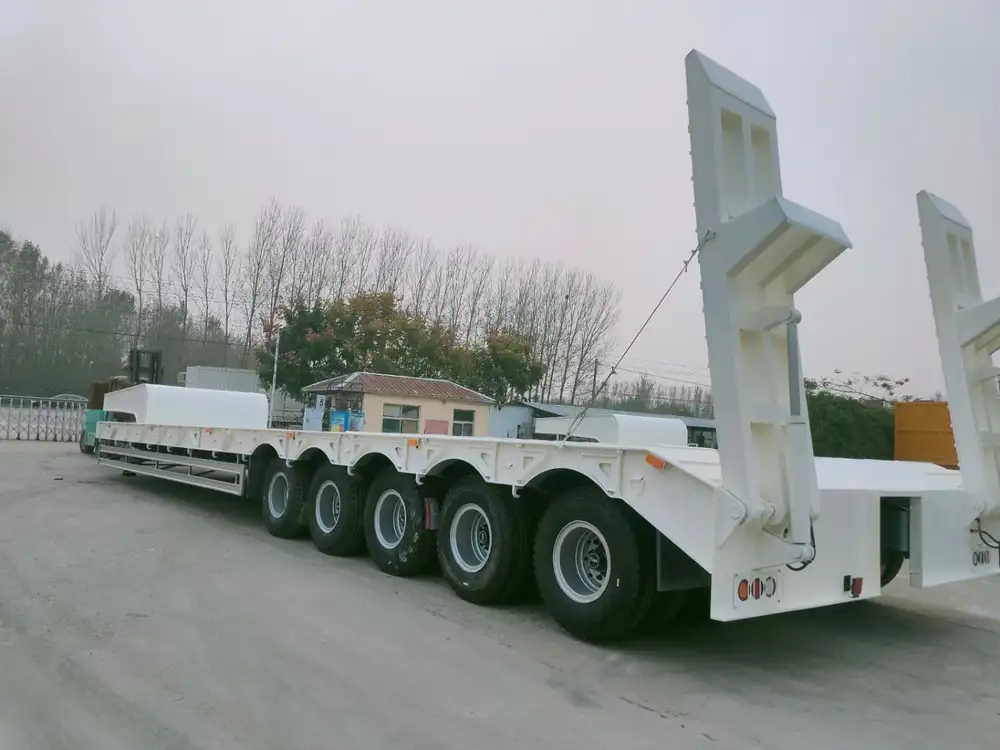When it comes to operating a semi-trailer, understanding how fast you can go isn’t merely a matter of stepping on the gas. It intertwines a complex web of legal regulations, industry standards, vehicle design, and logistical considerations that can substantially impact the speed at which you, as a truck driver or fleet manager, can safely operate a semi-trailer. In this comprehensive guide, we delve deep into the various factors influencing the speed of semi-trailers, ensuring you’re equipped with essential knowledge to navigate your way through this dynamic sector.
Legal Speed Limits for Semi-Trailers: Decoding the Rules
Speed limits for semi-trailers vary significantly across regions and jurisdictions, driven by local regulations and the nature of the roads utilized. Here’s a breakdown of some primary considerations:
National Speed Limit Regulations
| Region | Urban Areas | Rural Highways | Interstates |
|---|---|---|---|
| United States | 25-35 mph | 55-65 mph | 65-75 mph |
| Canada | 30-50 km/h | 80-100 km/h | 100-120 km/h |
| European Union (varies by country) | 50-60 km/h | 80-100 km/h | 80-90 km/h (90 km/h in Germany on select routes) |

Factors Influencing Speed Regulations
Weight Restrictions: Most jurisdictions impose stricter speed limits on heavier vehicles. Excess weight can lead to diminished acceleration and braking capabilities, prompting regulators to enforce lower speed thresholds.
Road Conditions: Rural roads, urban environments, and highways often bear different speed restrictions due to safety concerns, such as congestion or road quality.
Local Laws: Drivers must be vigilant of state-specific regulations that can introduce unique essential guidelines that need to be adhered to.
Speed Limits Determined by Vehicle Design
The construction and features of your semi-trailer play a critical role in dictating how fast it can operate safely. Understanding these elements is vital:
Engine Power and Performance
Horsepower & Torque: A semi-trailer’s engine is critical in determining speed. Engines with high horsepower can sustain faster speeds but require careful management to maintain control.
Transmission Type: Automatic and manual transmissions can influence acceleration rates. Automated systems might offer smoother acceleration through optimized gear shifts.

Aerodynamics: The Wind Factor
Cab Design: The shape and size of the truck’s cab can either enhance or impede airflow. A streamlined design helps minimize drag, thereby enhancing speed capabilities.
Trailer Configuration: Flatbed vs. enclosed trailers; aerodynamically efficient designs reduce air resistance, allowing for higher speeds while maintaining fuel efficiency.
| Vehicle Component | Effect on Speed |
|---|---|
| Engine Horsepower | Directly proportional to speed and acceleration |
| Trailer Type | Aerodynamic design can reduce drag, increasing speed |
| Cargo Weight | Heavier loads often reduce speed capabilities |
Practical Considerations for Operating Semi-Trailers
In practice, knowing how fast you can go is one aspect, but operational realities shape the actual speed of a semi-trailer significantly:
Load Factors
Weight Distribution: Incorrect weight distribution can lead to stability issues at higher speeds. Ensuring proper loading practices can optimize handling characteristics.
Cargo Type: Some cargo types may necessitate reduced speeds either for safety considerations or due to fragility.

Weather and Environmental Conditions
Adverse Weather: Rain, snow, and fog severely impact traction, necessitating significant reductions in speed for safety.
Road Quality: Unpaved or poorly maintained roads can also require drivers to reduce speed to avoid damage to the vehicle and load.
The Role of Technology: Enhancing Speed Management
In today’s technologically advanced fleet management era, several innovations help optimize speed handling:
Advanced Driving Aids
Cruise Control & Adaptive Systems: Modern semi-trailers equipped with adaptive cruise control can automatically adjust to changing traffic conditions, maintaining optimal speed without driver intervention.
Telematics and Monitoring Systems: These systems track speed, route efficiency, and compliance with legal limits, enabling data-driven management for optimal performance.

Insights from Fleet Management
Operators and fleet managers can harness technology to ensure compliance with speed regulations:
Driver Coaching Programs: Training programs focusing on efficient driving practices can enhance overall speed while saving on fuel and extending vehicle life.
Route Optimization Software: Planning routes that avoid congestion while adhering to speed regulations can enhance delivery efficiency.
Speed Limiting Devices: Installing speed governors ensures adherence to legal limits and promotes safety, reducing the risk of accidents and regulatory non-compliance.
Understanding the Risks of Speeding in the Trucking Industry
Although the desire for quick delivery times is compelling for fleet owners and operators, exceeding speed limits carries inherent risks:
Legal Ramifications
Fines and Penalties: Speeding citations can lead to hefty fines and increased insurance premiums, affecting operational costs.
Licensing Issues: Accumulating points from speeding violations can lead to license suspensions, jeopardizing employment for drivers.

Safety Considerations
Increased Stopping Distances: Higher speeds lead to longer stopping distances, increasing the potential for collisions.
Driver Fatigue: Speeding often leads to aggressive driving habits, which can heighten driver fatigue and impair decision-making abilities.
Cargo Damage: Sudden braking or sharp turns at high speeds can result in cargo shifts, leading to damage and increased liability.
Industry Trends: Emphasizing Safety and Compliance
The semi-trailer industry constantly evolves, focusing more on safety and compliance with speed regulations:
Emerging Technological Solutions
Automated Emergency Braking (AEB): This technology helps prevent collisions by automatically applying brakes when a potential collision is detected.
Predictive Analytics: These tools analyze traffic patterns to predict road conditions in real time, allowing drivers to adjust speeds proactively.

Shifts in Regulatory Landscape
Recent years have seen a tightening of regulations regarding semi-trailer speeds, reflecting the industry’s focus on safety. Fleet operators must stay informed and adaptable to these changes:
Speed Limit Compliance Technologies: Technologies promoting compliance via speed monitoring are increasingly common in fleet environments.
Sustainability Initiatives: With an increased emphasis on fuel efficiency, the industry is working towards optimizing speed directly correlating with cleaner, eco-friendly operation methodologies.
Conclusion: Navigating the Speed Maze
Determining how fast you can go with a semi-trailer encompasses various intersecting factors—speed limits, vehicle design, environmental conditions, and burgeoning technologies. Adhering to speed regulations not only ensures compliance but also fosters safety for drivers, goods, and road users alike.
Always remember that while meeting deadlines is crucial, prioritizing safety and responsible driving practices can lead to long-term success in the semi-trailer industry. By understanding the intricate webs that dictate speed capabilities, you can better align your operations with industry standards and best practices, thereby optimizing performance while prioritizing safety.
Engage with our experts today to explore advanced semi-trailer designs or inquire about regulatory compliance solutions tailored specifically for your fleet management needs. Your journey towards safer and more efficient semi-trailer operation starts here.



